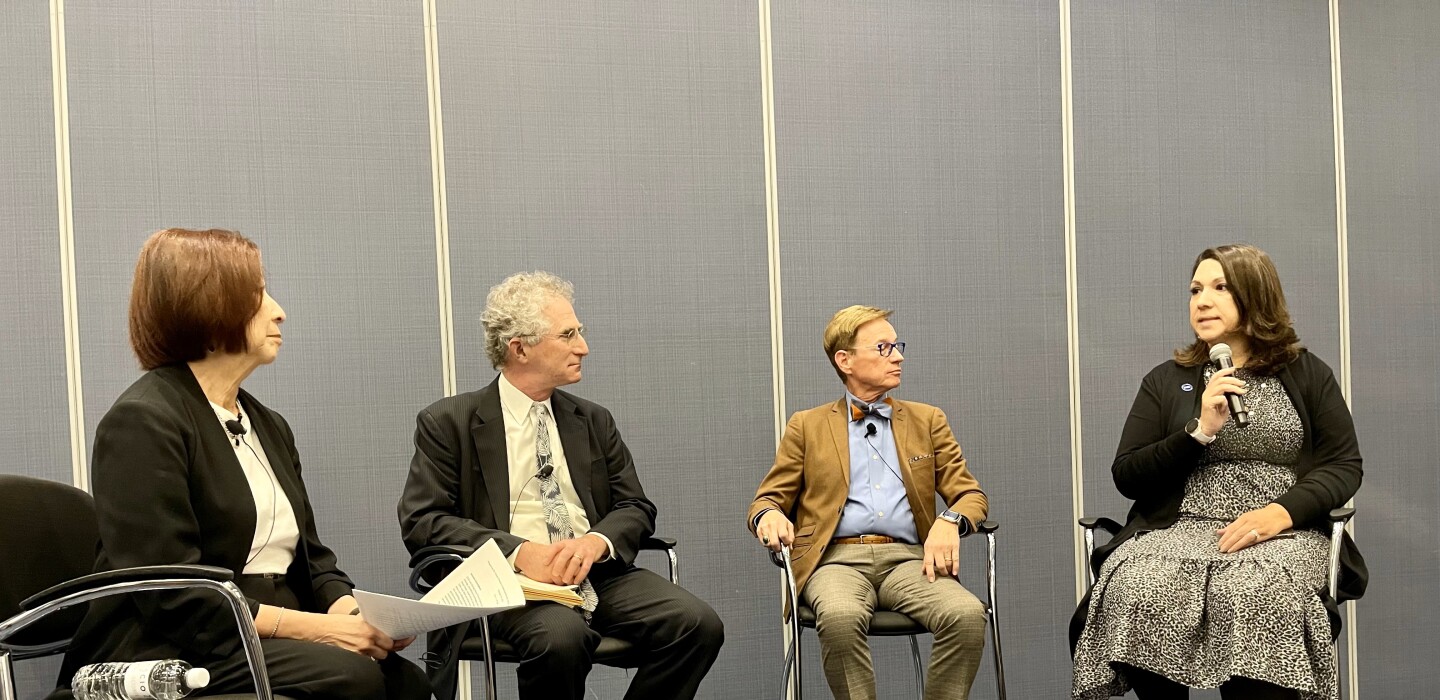
Resilience, Recovery Climb the CIO’s Agenda
MINNEAPOLIS — Wildfires, hurricanes, ransomware attacks, riots, pandemics — such problems would severely test even the best funded and most experienced state CIO operations.
But as speakers explained Tuesday at NASCIO’s annual conference in Minneapolis, despair is not an option, not as climate change gets worse and more residents count on smoothly functioning government-run technology for daily tasks and personal safety.
A new report entitled Preparing for Future Shocks in State Government — from NASCIO, the Center for Digital Government* and IBM — served as the foundation for a panel discussion about the best ways that CIOs can prepare for emergencies.
Security was among the key concepts.
Without security, after all, electronic doors might swing open easily for criminals and terrorists, or vital tech infrastructure might go down, leaving CIOs closer to the sidelines of an event than anyone would like.
“Security is table stakes,” said Texas CIO Amanda Crawford, indicating that the concept plays a foundational role in the state’s upcoming strategic plan.
So is flexibility, at least according to Dickie Howze, state chief information officer for Louisiana, which, he noted, is approaching the end of the official hurricane season without suffering a major tropical storm.
Instead, the state has recently experienced massive wildfires and now a “saltwater wedge” inching up the Mississippi River toward New Orleans, threatening the supply of drinking water as well as industrial equipment.
“You always have to be on top of it,” he said.
Relationships, too, are vital for any CIO expecting to play a major positive role in disaster management, recovery and resiliency, a word heard repeatedly during this session and similar discussions during the NASCIO conference.
The new “future shock” report envisions the 21st-century CIO as “playing a bigger and more active role in overall state government resilience. CIOs are also bigger participants in general disaster response due to government’s growing reliance on technology and digital services. Unlike the past, they are now routinely part of teams that staff state emergency operations centers during major incidents to make sure critical systems and communications remain available.”
That means, among other tasks, that CIOs need to build relationships with partner agencies including local governments, emergency dispatchers and first responders.
Crawford said her office works closely with the Texas Division of Emergency Management, which in turn provides stronger links to local governments — important everywhere, but perhaps more so in a state as vast as Texas.
Dan Chenok, executive director for IBM’s Center for the Business of Government, called such activity “cross pollination” and said more CIOs are conducting planning with other agencies and jurisdictions.
“We learned how to do it during the pandemic,” he said. “The trick is how to make sure we retain that capability and not go back to the way things were before.”
*The Center for Digital Government is part of e.Republic, Government Technology’s parent company.



Average Rating